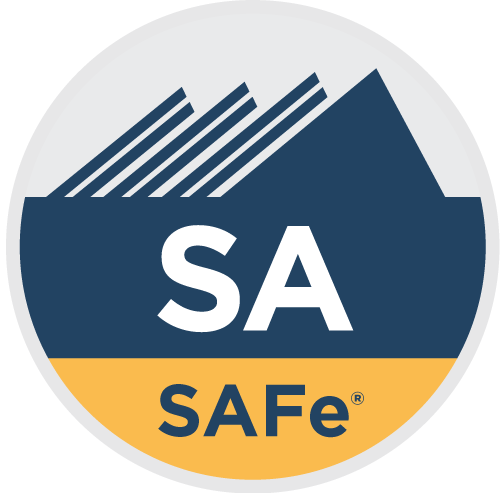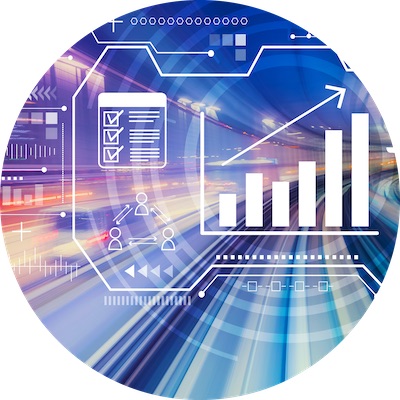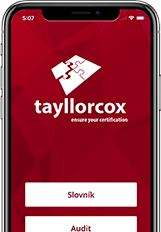What is SAFe?
Globalization, fast-growing markets, the frantic pace of technological innovation. Agile transformation is not important for gaining a competitive advantage, but rather for survival in dynamic markets. Obsolete business models, hierarchies and technologies simply cannot keep up with how quickly society needs to adapt. Agile development is not enough. What you need is an agile transformation:

What is SAFe
Framework for adapting agile principles
Scaled Agile Framework® (SAFe®) is a methodology that helps implement lean-agile principles on an enterprise scale. This means in projects where tens to hundreds of people are involved.
The main benefits are shortening the time and eliminating problems in software development, improving the perception and use of agile, strengthening the competitiveness and agility of the organization and, last but not least, the delivery of quality products and services.

Target Audience
SAFe is designed for all levels of the organization, which is actively involved in the development of new products and services. The lowest layer is Team. It should contain predefined roles and competencies according to SAFe.
.jpg)
Benefits
SAFe synchronizes agile teams and promotes collaboration by increasing their skills. Yes, education is one of the pillars of the methodology. It is the key to successful agile transformation. SAFe has roles defined by roles from managers to development teams.

30-75%
Faster Time to Market

10-50%
Increased Employee Engagement

25-75%
Increase in Productivity

20-50%
Improvements In Quality
Programs & Release Trains
These teams then produce "Release Trains", which are part of the program level (Programs).
Agile Release Trains are "agile trains" that deliver individual "Releases". Metaphorically, the point is that individual groups must work synchronously and deliver different content (cargo) between stages (train stops). There is an emphasis on following the plan, the schedule so that everything works synchronously.

Solutions
The third layer is Large Solutions, designed exclusively for large-scale organizations and projects. They do not need a Portfolio per se (last fourth and highest level). They can be characterized by the fact that they consist of several Release Trains and have more suppliers.

Portfolio
The last level is the Portfolio, which consists of programs consisting of release trains. The portfolio solves complex projects related to the upgrade of old products / services, as well as new ones, all according to strategic and business plans and goals.

Why
Your operating system for business agility
Globalization, fast-moving markets, disruption, the unprecedented pace of technological innovation.
Organizations know that they need to transform—now—to survive. But their existing business models, organizational hierarchy, and technology infrastructure simply can’t keep up with how quickly the company needs to adapt. Agile product delivery isn’t enough. You need business agility. Learn more.
Business Agility Assessment
Business Agility Assessment
So, how do you achieve business agility? First, you need to find out where you are. Our new business agility assessment can help you do just that—and figure out next steps to measure, improve, and grow.


